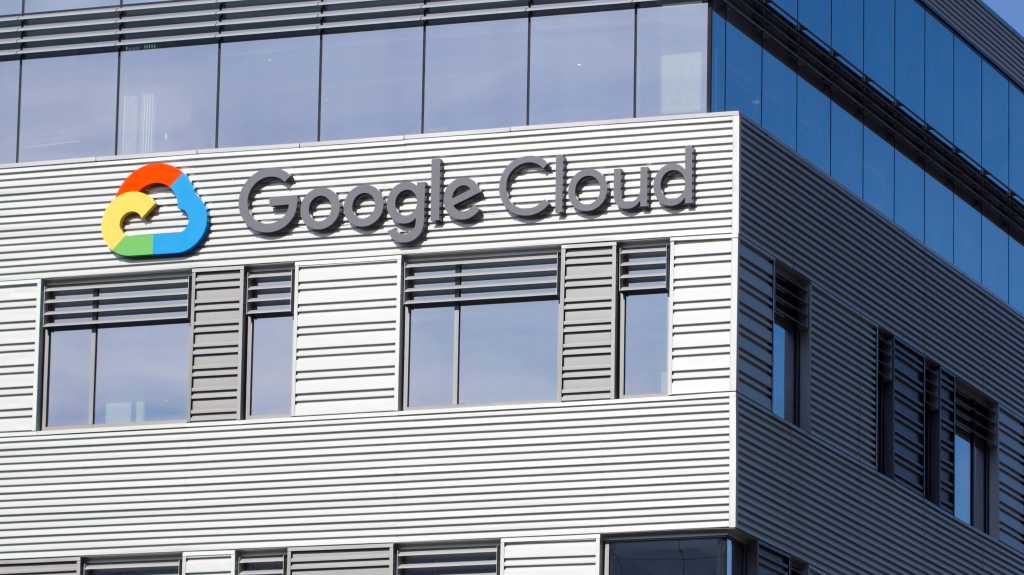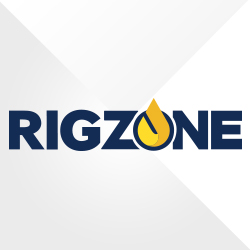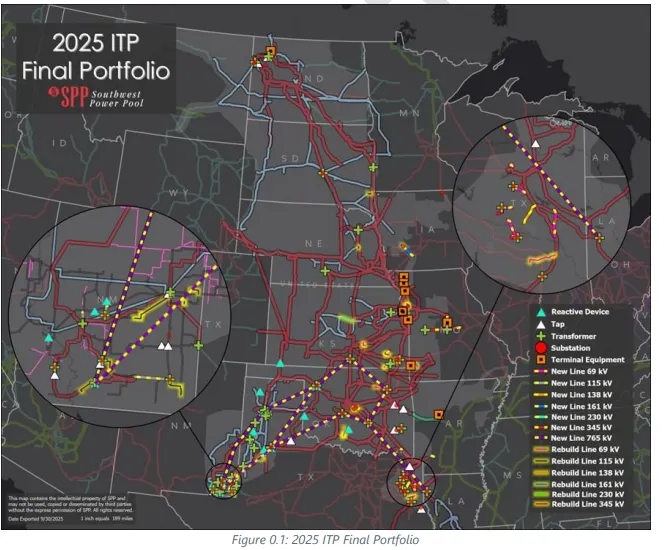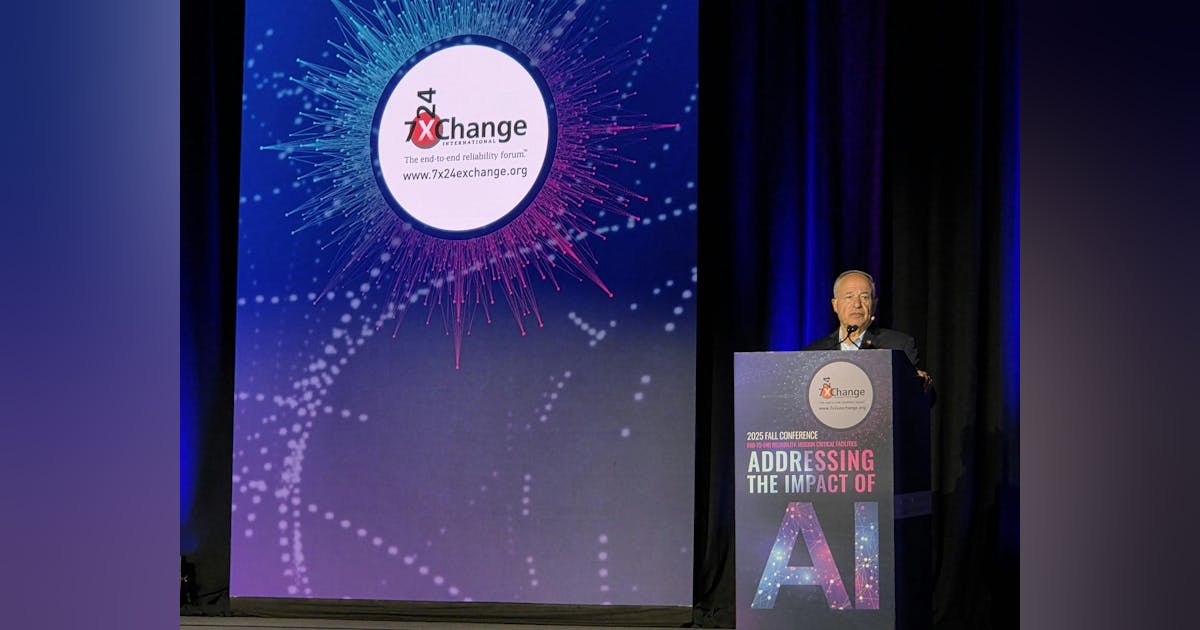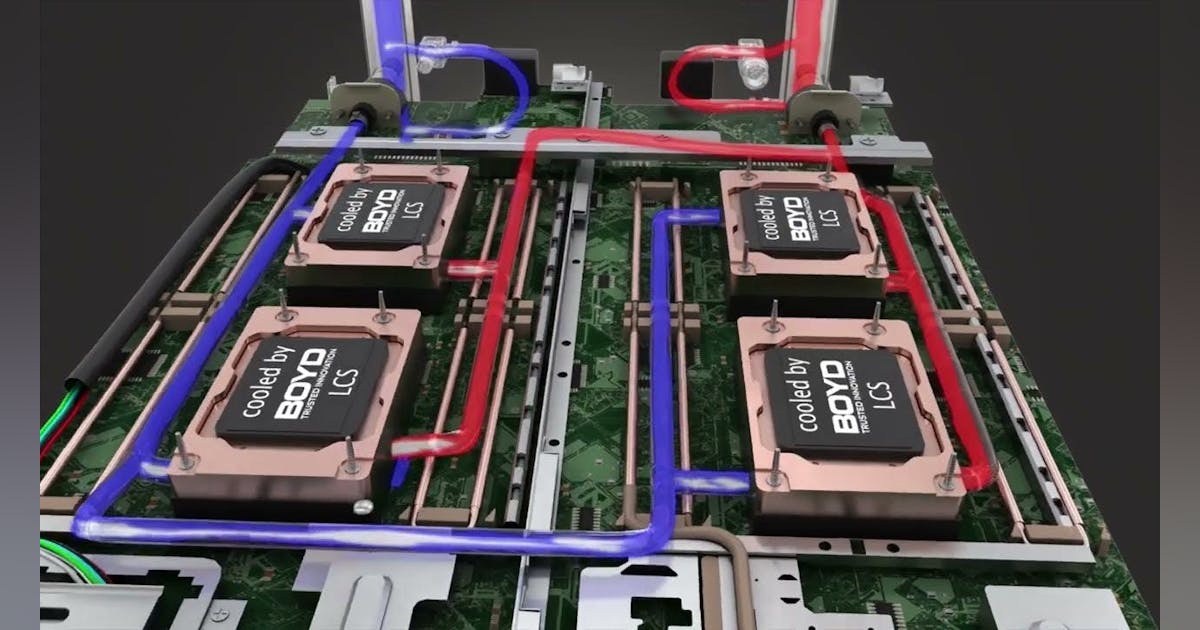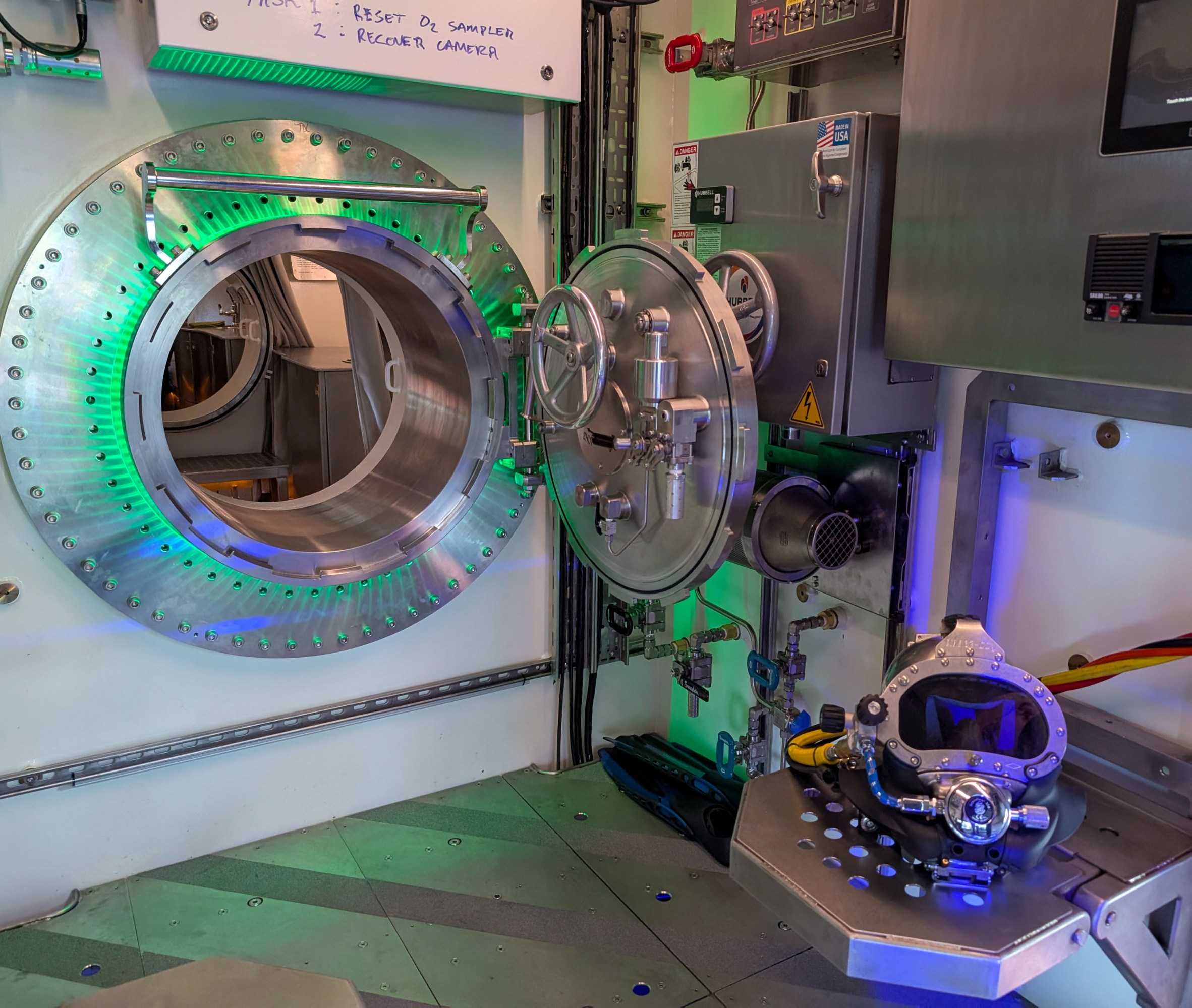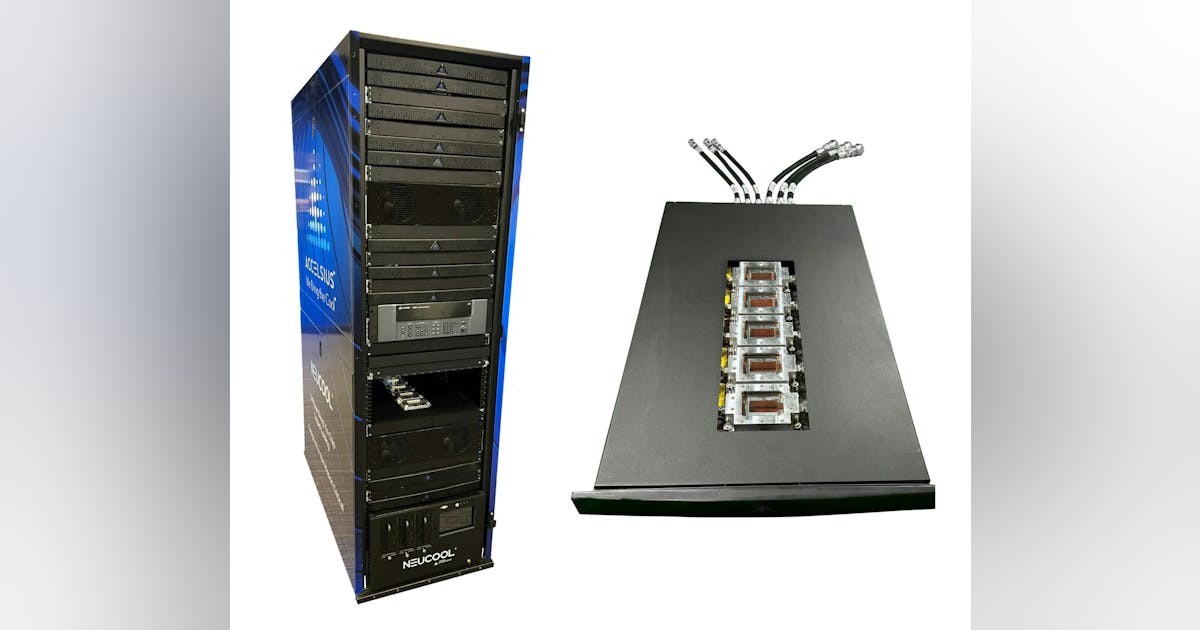
Miami Data Center Developments Update
Miami has recently witnessed several significant developments and investments in its data center sector, underscoring the city’s growing importance as a digital infrastructure hub. Notable projects include:
Project Apollo: A proposed 15-megawatt (MW), two-story, 75,000-square-foot data center in unincorporated Miami-Dade County. With an estimated investment of $150 million, construction is slated to commence between 2026 and 2027. The development team has prior experience with major companies such as Amazon, Meta, and Iron Mountain.
RadiusDC’s Acquisition of Miami I: In August 2024, RadiusDC acquired the Miami I data center located in the Sweetwater area. Spanning 170,000 square feet across two stories, the facility currently offers 3.2MW of capacity, with plans to expand to 9.2 MW by the first half of 2026. The carrier-neutral facility provides connectivity to 11 fiber optic and network service providers.
Iron Mountain’s MIA-1 Data Center: Iron Mountain is developing a 150,000-square-foot, 16 MW data center on a 3.4-acre campus in Central North West Miami. The facility, known as MIA-1, is scheduled to open in 2026 and aims to serve enterprises, cloud providers, and large-scale users in South Florida. It will feature fiber connections to other Iron Mountain facilities and a robust pipeline of carriers and software-defined networks.
EDGNEX’s Investment Plans: As of this month, Dubai, UAE-based EDGNEX has announced plans to invest $20 billion in the U.S. data center market, with the potential to double this investment. This plan includes a boutique condo project in Miami, estimated to have a $1 billion gross development value, indicating a significant commitment to the region’s digital infrastructure.
All of these developments highlight Miami’s strategic position as a connectivity hub, particularly serving as a gateway to Latin America and the Caribbean. The city’s data center market is characterized by steady growth, with a focus on retail colocation and international connectivity. However, challenges such as limited current supply and power constraints in existing facilities have been noted.
Additionally, existing facilities like Equinix’s NAP of the Americas play a crucial role in Miami’s data center landscape. This six-story, 750,000-square-foot data center and Internet exchange point is one of the world’s largest and serves as a major hub for network traffic between the United States and Latin America.
Overall, all of the investments and developments mentioned here underscore Miami’s growing prominence in the data center industry, driven by its strategic location and increasing demand for digital infrastructure.


